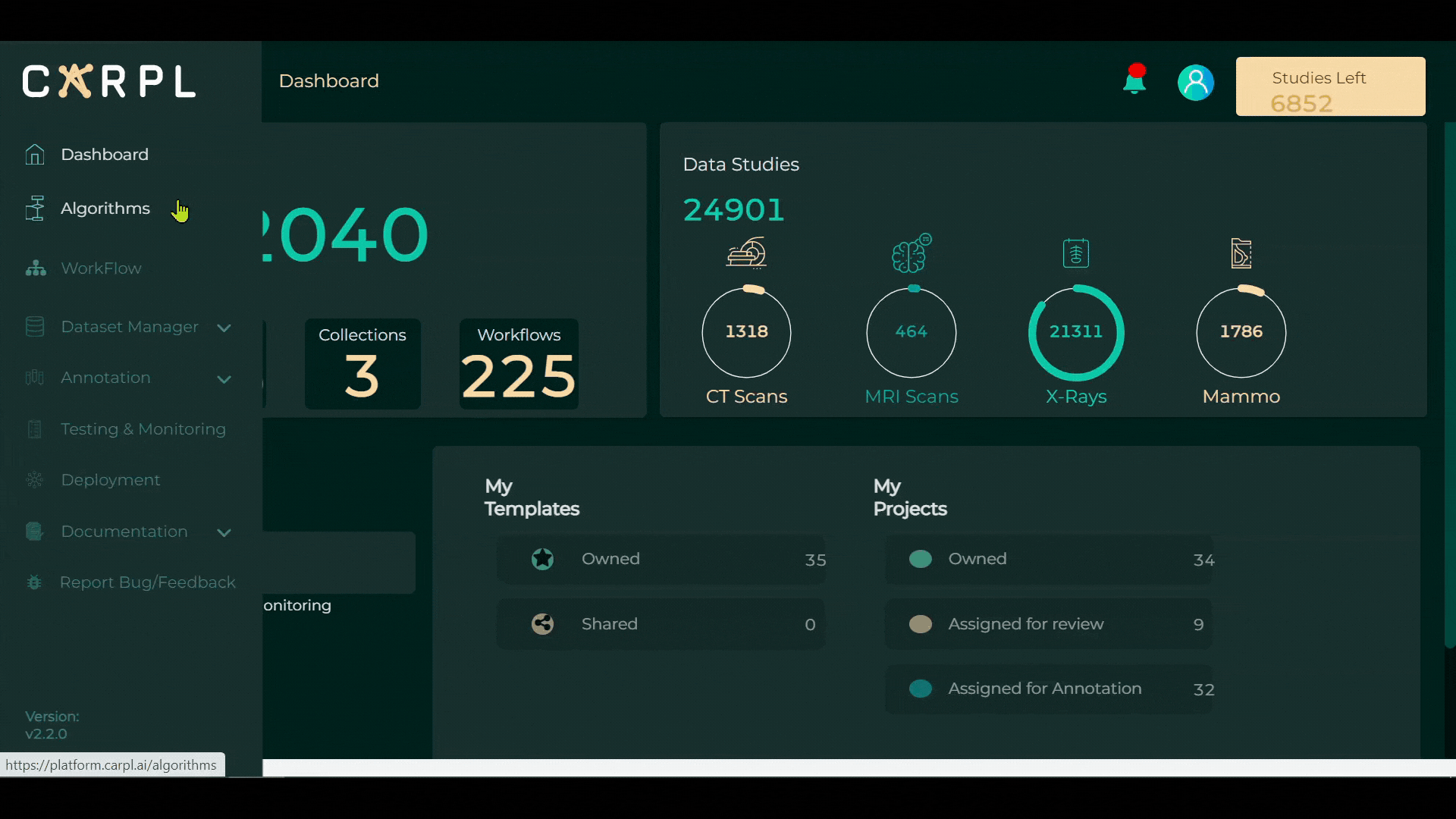 News Release
News Release
Kamala Harris Talks Gun Violence Amid Record Homicides
MarketJar
The escalating tide of gun violence in the US is sounding alarm bells, igniting a broader conversation on the preparedness and agility of law enforcement agencies. During the United States Conference of Mayors Winter Meeting in Washington last week, Vice President Kamala Harris spoke with Kansas City Mayor Quinton Lucas regarding initiatives to combat gun violence. 1 The roundtable discussion comes just weeks after Kansas City recorded its deadliest year in history in 2023. 2 In Kansas City, there were a record 185 homicides in 2023. During that same period, the nation witnessed an unprecedented surge in mass shootings, totaling 656 incidents. During the conversation, Mayor Lucas and Vice President Harris recently highlighted the efforts of the Biden administration's White House Office of Gun Violence Prevention. The office plays a crucial role in helping states access funds from the Bipartisan Safer Communities Act, a significant piece of gun safety legislation passed by Congress in 2022 in the wake of two tragic mass shootings. The first of these shootings occurred at an elementary school in Uvalde, Texas, where 19 children and two teachers tragically lost their lives. The second was in Buffalo, New York, where a racially motivated attack by a white supremacist in a predominantly Black neighborhood resulted in the deaths of 10 Black individuals at a local grocery store. 3 According to a new report from the US Justice Department, the Uvalde school massacre could have been resolved much sooner. 4 Law enforcement missed multiple chances to reassess and stop the shooting sooner, taking 77 minutes to resolve. The report blames leadership failures among officers and identifies post-shooting issues. US Attorney General Merrick Garland admits the response was a failure, citing the potential for lives to be saved with a more timely intervention. Families of victims seek accountability and advocate for sensible gun laws. Revolutionizing Gunshot Detection System for Enhanced Safety In the aftermath of tragic incidents like these, the importance of advanced security measures becomes even more evident, highlighting companies like Knightscope, Inc. (NASDAQ:KSCP), which is building advanced public safety technology to protect Americans where they live, work, study and visit. Knightscope recently announced the launch of its Automated Gunshot Detection (AGD) system, which offers rapid, precise localization of gunshots, significantly speeding up police and security response to active shooter situations. Recognized for its ability to mitigate active-shooter events, reduce false alarms, and enhance overall security, AGD delivers notifications in under 2 seconds with a multi-sensor system that minimizes false positives. The AGD systems, designed for both indoor and outdoor environments, are available as stand-alone sensors that can be easily mounted to existing structures or with the optional pole-mounting kit and solar power for increased installation flexibility. Knightscope clients will soon have the option to include AGD with new K1 Blue Light Tower orders or upgrade the existing 7,000 devices deployed nationwide. The AGD system isn’t the only solution Knightscope (NASDAQ:KSCP) has developed to enhance safety in the US. The company builds fully autonomous security robots (ASRs) and blue light emergency communications systems that are being deployed across the country at hospitals, schools, stadiums, malls, casinos, entertainment venues and public spaces. Earlier this month, Knightscope received its Authority to Operate (ATO) from FedRAMP. Knightscope is sponsored by and under contract with the U.S. Department of Veterans Affairs. This program sets a standard for checking and approving the security of cloud products and services across the government. This approval gives Knightscope the ability to provide approved security services to federal agencies and begin deployment on the contract awarded by the VA for its first K5 ASR. For further information on Knightscope's innovative solutions and projects, please visit Knightscope's website (NASDAQ:KSCP). Footnotes: [1] https://www.washingtonexaminer.com/news/white-house/2803859/kamala-harris-speaks-about-guns-us-conference-of-mayors/ [2] https://www.kshb.com/news/crime/fatal-shooting-in-northeast-kcmo-friday-night-makes-2023-the-citys-deadliest-year-on-record [3] https://www.cnn.com/2024/01/18/us/attorney-general-garland-uvalde-victims-thursday/index.html [4] https://www.cnn.com/2024/01/18/us/attorney-general-garland-uvalde-victims-thursday/index.html Disclosure: 1) The author of the Article, or members of the author’s immediate household or family, do not own any securities of the companies outlined in this Article. The author determined which companies would be included in this article based on research and understanding of the sector. 2) The Article was issued on behalf of and sponsored by, Knightscope, Inc. Market Jar Media Inc. was paid $1,500 for the production and publishing of this article by Knightscope, Inc.’s Digital Marketing Agency of Record (Native Ads Inc.). Additional details relating to Market Jar Media Inc.’s engagement by Knightscope, Inc.’s Digital Marketing Agency of Record (Native Ads Inc.) are set out in https://pressreach.com/disclaimer-kscp. 3) Statements and opinions expressed are the opinions of the author and not Market Jar Media Inc., its directors or officers. The author is wholly responsible for the validity of the statements. The author was not paid by Market Jar Media Inc. for this Article. Market Jar Media Inc. was not paid by the author to publish or syndicate this Article. Market Jar has not independently verified or otherwise investigated all such information. None of Market Jar or any of their respective affiliates, guarantee the accuracy or completeness of any such information. The information provided above is for informational purposes only and is not a recommendation to buy or sell any security. Market Jar Media Inc. requires contributing authors to disclose any shareholdings in, or economic relationships with, companies that they write about. Market Jar Media Inc. relies upon the authors to accurately provide this information and Market Jar Media Inc. has no means of verifying its accuracy. 4) The Article does not constitute investment advice. All investments carry risk and each reader is encouraged to consult with his or her individual financial professional. Any action a reader takes as a result of the information presented here is his or her own responsibility. By opening this page, each reader accepts and agrees to Market Jar Media Inc.'s terms of use and full legal disclaimer as set forth here. This Article is not a solicitation for investment. Market Jar Media Inc. does not render general or specific investment advice and the information on PressReach.com should not be considered a recommendation to buy or sell any security. Market Jar Media Inc. does not endorse or recommend the business, products, services or securities of any company mentioned on PressReach.com. 5) Market Jar Media Inc. and its respective directors, officers and employees hold no shares for any company mentioned in the Article. 6) This document contains forward-looking information and forward-looking statements, within the meaning of applicable Canadian securities legislation, (collectively, “forward-looking statements”), which reflect management's expectations regarding Knightscope, Inc.’s future growth, future business plans and opportunities, expected activities, and other statements about future events, results or performance. Wherever possible, words such as “predicts”, “projects”, “targets”, “plans”, “expects”, “does not expect”, “budget”, “scheduled”, “estimates”, “forecasts”, “anticipate” or “does not anticipate”, “believe”, “intend” and similar expressions or statements that certain actions, events or results “may”, “could”, “would”, “might” or “will” be taken, occur or be achieved, or the negative or grammatical variation thereof or other variations thereof, or comparable terminology have been used to identify forward-looking statements. These forward-looking statements include, among other things, statements relating to: (a) revenue generating potential with respect to Knightscope, Inc.’s industry; (b) market opportunity; (c) Knightscope, Inc.’s business plans and strategies; (d) services that Knightscope, Inc. intends to offer; (e) Knightscope, Inc.’s milestone projections and targets; (f) Knightscope, Inc.’s expectations regarding receipt of approval for regulatory applications; (g) Knightscope, Inc.’s intentions to expand into other jurisdictions including the timeline expectations relating to those expansion plans; and (h) Knightscope, Inc.’s expectations with regarding its ability to deliver shareholder value. Forward-looking statements are not a guarantee of future performance and are based upon a number of estimates and assumptions of management in light of management’s experience and perception of trends, current conditions and expected developments, as well as other factors that management believes to be relevant and reasonable in the circumstances, as of the date of this document including, without limitation, assumptions about: (a) the ability to raise any necessary additional capital on reasonable terms to execute Knightscope, Inc.’s business plan; (b) that general business and economic conditions will not change in a material adverse manner; (c) Knightscope, Inc.’s ability to procure equipment and operating supplies in sufficient quantities and on a timely basis; (d) the accuracy of budgeted costs and expenditures; (e) Knightscope, Inc.’s ability to attract and retain skilled personnel; (f) political and regulatory stability; (g) the receipt of governmental, regulatory and third-party approvals, licenses and permits on favorable terms; (h) changes in applicable legislation; (i) stability in financial and capital markets; and (j) expectations regarding the level of disruption to as a result of CV-19. Such forward-looking information involves a variety of known and unknown risks, uncertainties and other factors which may cause the actual plans, intentions, activities, results, performance or achievements of Knightscope, Inc. to be materially different from any future plans, intentions, activities, results, performance or achievements expressed or implied by such forward-looking statements. Such risks include, without limitation: (a) Knightscope, Inc.’s operations could be adversely affected by possible future government legislation, policies and controls or by changes in applicable laws and regulations; (b) public health crises such as CV-19 may adversely impact Knightscope, Inc.’s business; (c) the volatility of global capital markets; (d) political instability and changes to the regulations governing Knightscope, Inc.’s business operations (e) Knightscope, Inc. may be unable to implement its growth strategy; and (f) increased competition.Except as required by law, Knightscope, Inc. undertakes no obligation to update or revise any forward-looking statements, whether as a result of new information, future event or otherwise, after the date on which the statements are made or to reflect the occurrence of unanticipated events. Neither does Knightscope, Inc. nor any of its representatives make any representation or warranty, express or implied, as to the accuracy, sufficiency or completeness of the information in this document. Neither Knightscope, Inc. nor any of its representatives shall have any liability whatsoever, under contract, tort, trust or otherwise, to you or any person resulting from the use of the information in this document by you or any of your representatives or for omissions from the information in this document. 7) Any graphs, tables or other information demonstrating the historical performance or current or historical attributes of Knightscope, Inc. or any other entity contained in this document are intended only to illustrate historical performance or current or historical attributes of Knightscope, Inc or such entities and are not necessarily indicative of future performance of Knightscope, Inc. or such entities. 8) Investing is risky. The information provided in this article should not be considered as a substitute for professional financial consultation. Users should be aware that investing in any form carries inherent risks, and as such, there is a possibility of losing some or all of their investment. The value of investments can fluctuate significantly within a short period, and investors must understand that past performance is not indicative of future results. Additionally, users should exercise caution as transactions involving investments may be irreversible, even in cases of fraud or accidental actions. It is crucial to acknowledge that rapidly evolving laws and technical issues can have adverse effects on the usability, transferability, exchangeability, and value of investments. Furthermore, users must be cognizant of potential security risks associated with their investment activities. Individuals are strongly encouraged to conduct thorough research, seek professional advice, and carefully evaluate their risk tolerance before engaging in any investment endeavors. Market Jar Media Inc. is neither an investment adviser nor a broker-dealer. The information presented on the website is provided for informative purposes only and is not to be treated as a recommendation to make any specific investment. No such information on PressReach.com constitutes advice or a recommendation. Contact Details James Young +1 800-340-9767 campaigns@pressreach.com Company Website https://pressreach.com
January 31, 2024 08:30 AM Eastern Standard Time
Image
 News Release
News Release





